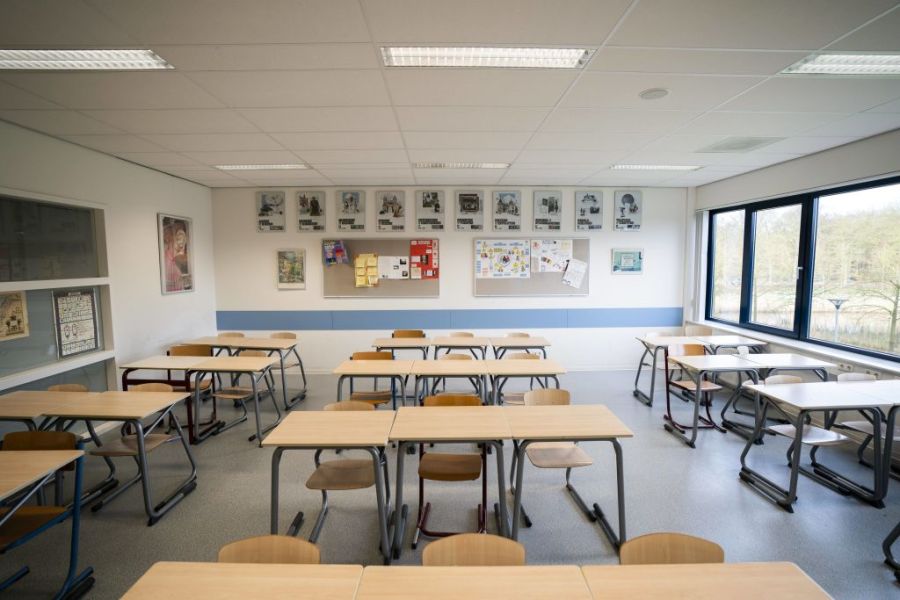
The COVID-19 pandemic changed the world as we know it, but many of the issues that were made more apparent had been looming for a while. The global shutdown essentially made many matters worse or, as we’ve written previously, “revealed cracks” in already-broken systems. The American public school system is one such casualty of the pandemic’s fallout. Nationwide, public schools are shutting down — and permanent closures that have already taken place reveal just how much we — our communities both local and larger — have to lose.
With family dynamics and compositions continuing to change, and many communities adopting an ‘every person for themselves’ mentality, much of today’s youth are left without the tools, support, or guidance they need to succeed, to thrive. Unfortunately, the COVID-19 pandemic has further magnified the widespread inequities that have been taking a toll on public education and public school systems for decades.
Much like libraries, public schools are meant to be community resources — but that, unfortunately, isn’t often the reality. So, what will we lose in the face of the permanent closures occurring all across the United States?
COVID-19 and the Decline of the American Public School System
A sector that’s not unfamiliar with critiques and obstacles, the American public school system’s validity has been called into question for decades. No matter where you travel in the country, you’ll likely find Americans who are highly critical of their local public school systems.
While wealthier households have the privilege of paying private school tuition for their children, it’s not just suburban areas that are critical of the system. In urban areas or areas with low-income households, the school-to-prison pipeline paradigm is still very much at play.
“[The school-to-prison pipeline is] a disturbing national trend wherein youth are funneled out of public schools and into the juvenile and criminal legal systems,” the American Civil Liberties Union (ACLU) notes. “Many of these youth are Black or Brown [students], disabled students, or [students with] histories of poverty, abuse, or neglect.”
Instead of receiving support and resources from their schools, these students are often punished and pushed out of school, especially in environments where zero-tolerance policies criminalize and isolate students. Often, these schools are under-resourced and under-funded; there are hardly enough teachers, let alone counselors or other support systems that would work with students instead of sending them down a path of incarceration.
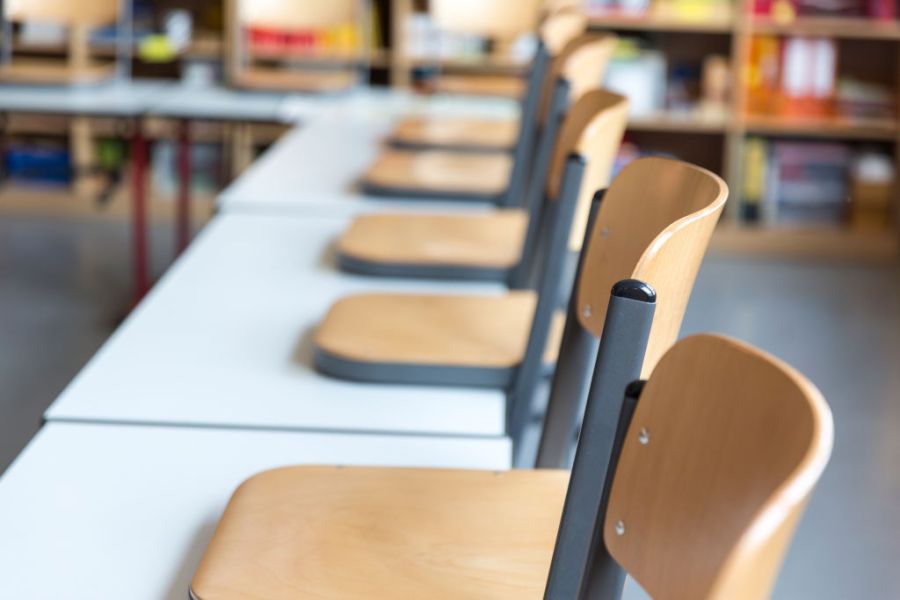
Still, for many, the system seemed somewhat salvageable before the COVID-19 pandemic. Despite the frequent layoffs, protests, and budget cuts, the average American still had a cautious sense of confidence in the potential of the public school system. Before the pandemic, 85% of American students were enrolled in public schools. But the global shutdown shifted public opinion about education at large.
While some praised the advent of online learning as the “new normal”, critics felt remote classes and a lack of physical spaces for students to go underscored other problems. In some regions, for example, students rely on school lunches; some households can’t afford WiFi access; and some parents work full-time, relying on K–12 schooling and afterschool programs to make sure their kids have somewhere to be. If nothing else, COVID-19 revealed the lack of a contingency plan across the education sector.
Without the same level of access and accountability in remote-learning settings, many students fell behind in both their studies and social development. Again, students without internet access, WiFi-enabled devices, or a comfortable learning environment were left behind from the start. Before the COVID-19 vaccines were widely offered, teachers and staff in some school systems were required to return to in-person learning, leading to surges in deadly COVID-19 cases.
All of this further forced everyone into isolation. Although most kids are back in the traditional school setting now, the fact is that public schools were hit hard.
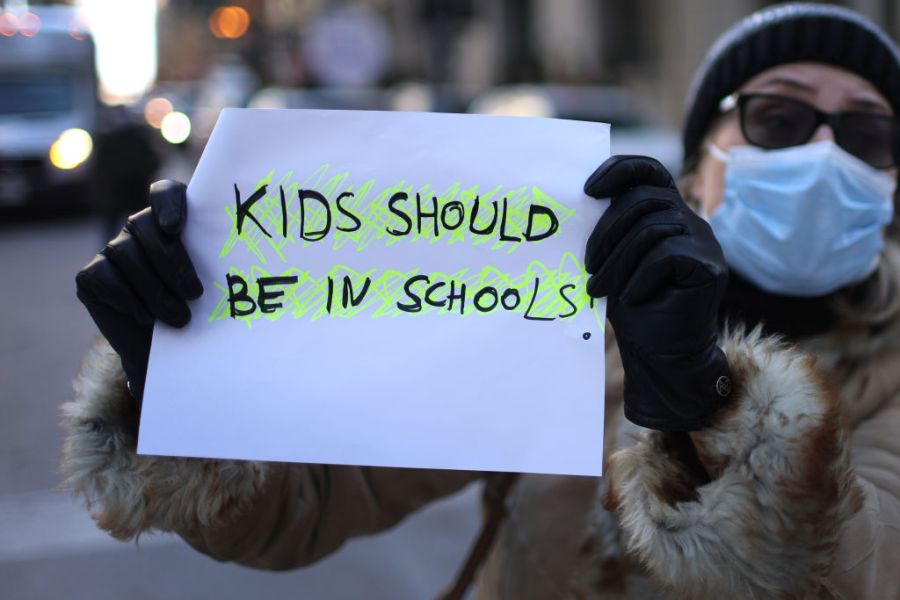
How Do Public School Budgets Factor In?
Budget struggles aren’t unique to the COVID-19 pandemic. According to NPR, nearly half of most public schools’ funding came from “state coffers.” Faced with significant revenue losses and long-term financial uncertainty, many businesses were forced into self-preservation mode. In turn, there wasn’t enough tax revenue to sustain the public schools or other public resources.
In some states, including California, attendance equates to funding for certain school systems. To urge folks back into classrooms, remote learning wasn’t considered applicable in many cases, making staff choose between financial resources and their health. “Total enrollment in K-12 traditional public schools has decreased by almost three percent or 170,000 students in 2020–21,” the California State PTA reports. Under the Average Daily Attendance (ADA) requirement, this directly impacts funding.
Looking to aid their damaged economies, state lawmakers quickly zeroed in on public school systems, deeming them expendable through their actions. With many kids indefinitely “safe at home,” targeting public schools to reduce spending was a relatively simple feat. At the time, there were rumblings of the potential effect those decisions would have on schools in the future, but, overall, many Americans seemed to take the stance of “we’ll cross that bridge when we get to it.”
“Although the full scope of state budget cuts to public education remains to be seen, spending on K-12 schools could decrease by as much as 10% in fiscal year 2021,” the National Conference of State Legislatures notes. “Cuts to K-12 programs at the state level are all the more damaging because most states now provide more funding per student to schools than local property taxes do. For school districts with limited capacity to raise revenue locally, state funding plays a critical role in providing a high-quality education in every school.”
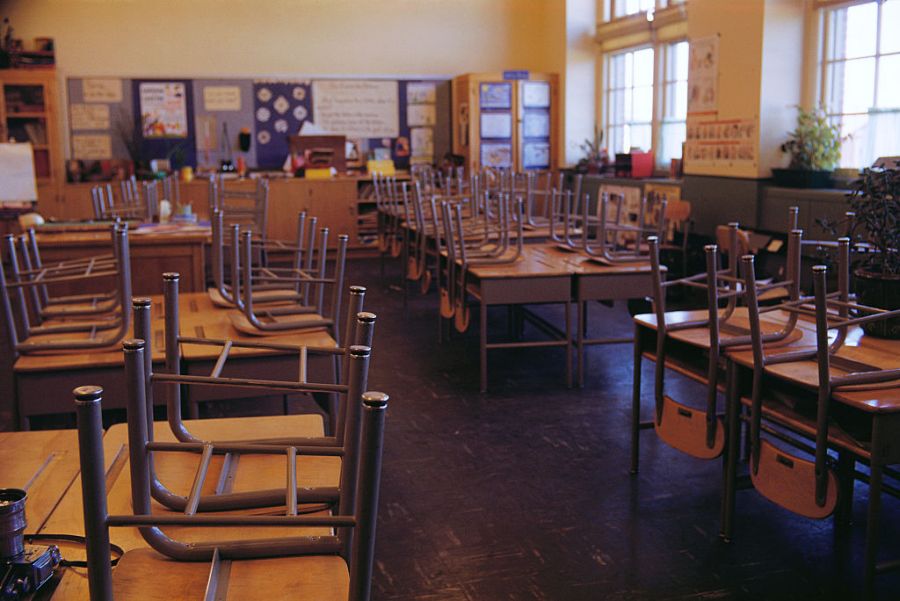
Two years into the pandemic, public school systems are suffering immensely from those budget cuts. Of course, that lack of resources is nothing new. “Teachers spent an average of $750 on school supplies out of pocket during the 2020–2021 school year. The highest amount ever,” AdoptAClassroom.org reports. If teachers are buying supplies for their under-resourced classrooms, then it’s no surprise that many schools lack funding for new equipment, necessary upgrades and renovations, and essential services, such as transportation, counseling, after-school programs, and medical aid.
With increasing pressure on teachers to fill every role a student needs — all while being underpaid, overworked, and undervalued — the so-called Great Resignation has hit schools hard. But educators aren’t the only ones making a change. An increasing number of parents have started to pull their kids out of public school systems in favor of home-based education.
What Do We Lose When Schools Are Closed?
As dismal as the present state of the public school system may be, as the saying goes, “with tragedy comes opportunity.” Since the school system has almost always needed an overhaul, now is the perfect opportunity to make those changes. Instead of focusing on the current negatives, we can finally revamp the school system, shaping them into the community resources they have always had the potential to be.
By reconsidering the goals of public schools, we can create a school system that teaches students valuable life skills, such as problem-solving, communication, budgeting, and time management. We can also find ways to support students social, physical, and emotional growth — something that’s being facilitated by organizations like the Virginia-based Communities in Schools (CIS). And, instead of criminalizing students who “act out” and may not have at-home support systems, we can be there for them and move toward a more equitable, just, and community-centered education system.
If anything, the COVID-19 pandemic has revealed just how important one’s environment is to their scholastic success. With many families still suffering, now is the time to transform schools into safe havens that provide resources and materials for entire families. Ideally, schools should be community resource centers that families can turn to for help across a range of matters. Although we’re a long way away from achieving such goals, the time to start making those much-needed changes is now.
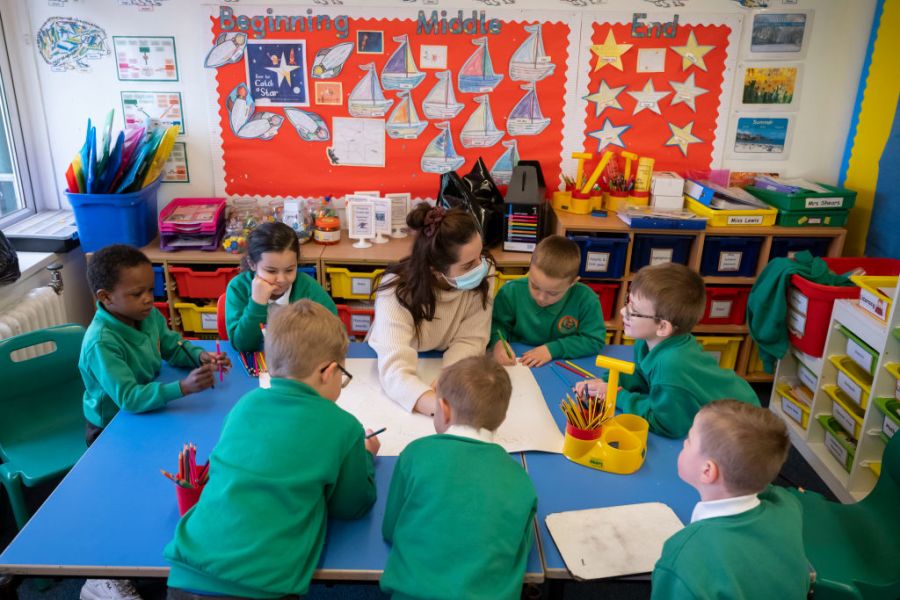
In fact, in many places, this need for change can’t wait. “Large urban school districts are cutting costs and closing schools because of declining enrollment,” NPR’s Morning Edition reports. “But whose schools are closed raises questions about racial equity.” In Oakland, California, parents have expressed concerns over the district targeting schools that serve Black students and disabled students, for example. The district actually has a clear track record of underfunding historically Black schools; underfunding, then, leads to under-enrollment, because students aren’t getting what they need — and districts use the low enrollment to justify public school closures.
In February 2022, Maurice André San-Chez and Moses Olanrewaju Omolade, teachers from Westlake Middle School in Oakland, went on a hunger strike. The goal of the act of protest? To secure a meeting with Governor Gavin Newsom and stop the closure and/or merging of over a dozen schools in the area. Oakland students also lent their support, staging demonstrations to protest the closures.
While public schools shutting down threatens our communities, these acts of solidarity remind us of what we can achieve — together.






